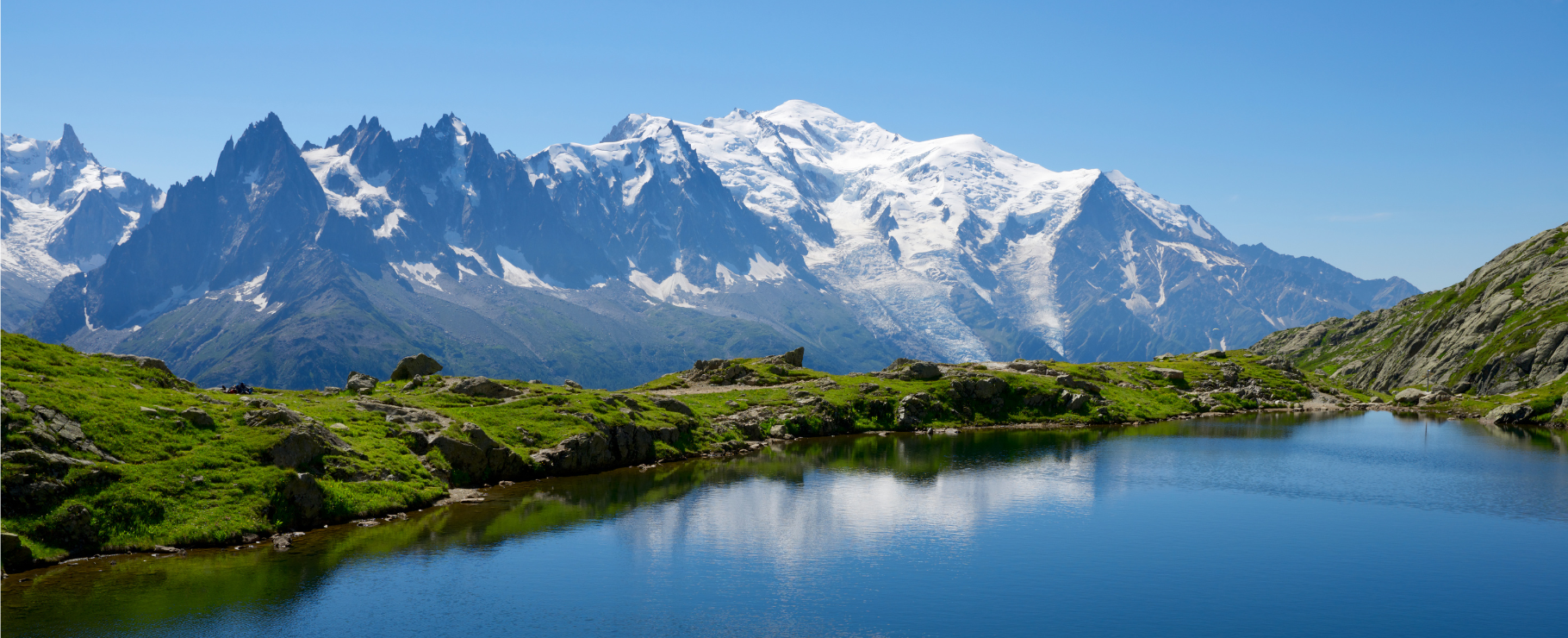Home » The 5 summits you can’t miss in Europe
The 5 summits you can’t miss in Europe
Rediscovering Europe from its most emblematic peaks
At Top Summits of the World our mission is to climb the highest mountains in each country and share the experience with all those who dream of reaching the most iconic peaks in the world. After topping some of the most impressive peaks in Africa, such as Kilimanjaro and Mount Kenya, today we move to Europe to discover five mountains that any mountaineering enthusiast should have on their list of challenges.
Europe is a continent with great geographical diversity, which allows you to find mountains with different characteristics, from snowy colossi to active volcanoes. Each of the peaks we have selected represents a challenge in itself, not only because of the altitude, but also because of the weather conditions, terrain and preparation they require.
In addition, these mountains have an important historical and cultural value, being the scene of legendary expeditions and a source of inspiration for generations of mountaineers. Below, we present the five peaks that you cannot miss in Europe.
1. Elbrus: the roof of Europe
At 5,642 metres above sea level, Elbrus is the highest mountain in Europe, located in the Caucasus region of Russia. Its ascent does not present any major technical difficulties, making it an accessible peak for mountaineers with some experience at high altitude. However, unpredictable weather and altitude can be determining factors, so good preparation is key. The standard route has shelters and logistical support, making it easy to plan the ascent.
Elbrus is a mountain of volcanic origin, with two main summits and vast glaciers covering its slopes. Its ascent is a test of endurance rather than technical skill, making it ideal for those looking to gain experience in high mountains before attempting more complex challenges.
Elbrus Highlights:
- Location: Located in the Caucasus region of Russia, near the border with Georgia, this area is known for its spectacular natural beauty and isolation, lending an air of adventure to the expedition.
- Main Route: The South Route is the most popular, as it features a cable car up to 3,800 meters, shelters and logistical support. There is also a less-traveled and more demanding North Route, ideal for those looking for a wilder experience.
- Challenge: Although it does not require great technical skills, the altitude and extreme cold can make the ascent difficult. Wind and sudden changes in climate are other factors to take into account.
- Natural attractions: Impressive glaciers, unique high mountain landscapes and the possibility of seeing the sunrise over the Caucasus from the summit, one of the most spectacular views in Europe.
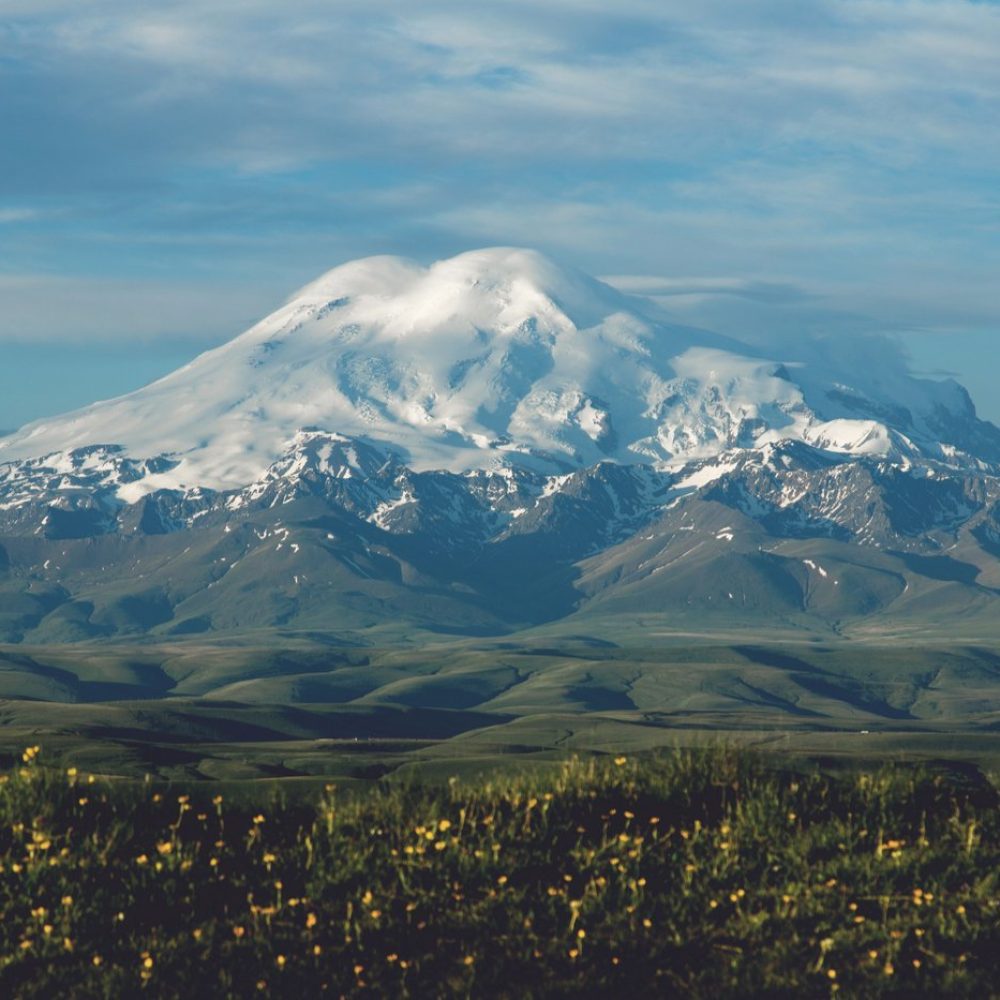
2. Mont Blanc: the jewel of the Alps
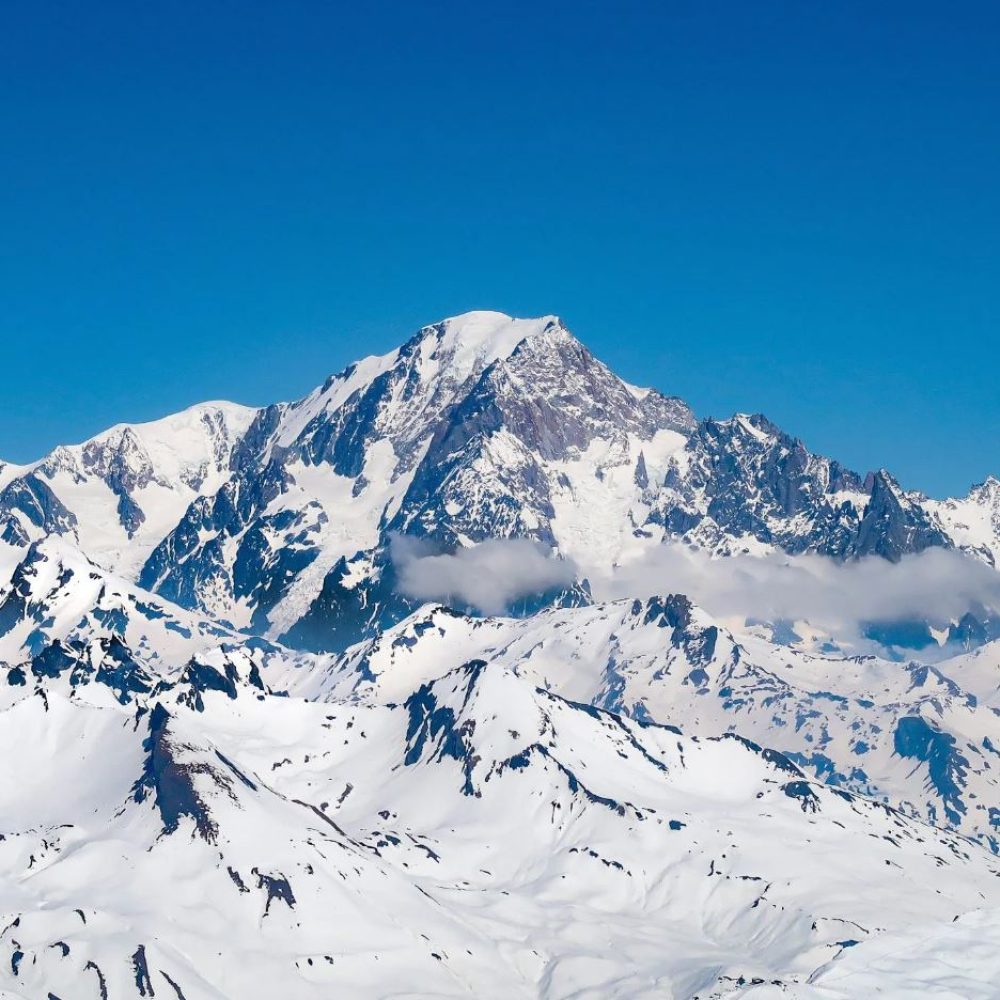
At 4,809 metres, Mont Blanc is the highest peak in the Alps and one of the most iconic mountains in the world. Situated between France and Italy, this summit is a go-to destination for mountaineers from around the world. There are several ascent routes, but the most popular is the Gouter route, which requires a good level of fitness and experience in glacier crossings. Reaching its summit is an unforgettable experience, with breathtaking panoramic views over the Alps.
Due to its popularity, Mont Blanc welcomes thousands of mountaineers every year, which has led to the implementation of regulations to preserve its environment. It is a demanding climb, especially in the last section, which traverses exposed ridges and requires good handling of technical equipment.
Highlights of Mont Blanc:
- Location: Located on the border between France and Italy, Mont Blanc is the heart of the Alps and rises majestically above Chamonix and Courmayeur, two of the most iconic mountaineering villages.
- Main route: The Gouter route is the most used, with key refuges such as the Tête Rousse and the Gouter Refuge. Other routes, such as the Cuatromileres or the Italian traverse, offer additional challenges.
- Challenge: Steep slopes, changing weather conditions and the need for experience in cramponing and rope handling make this ascent a considerable challenge.
- Natural attractions: Imposing glaciers, 360-degree views of the Alps, iconic passes such as the Grand Couloir and the feeling of being on the true roof of Western Europe.
- Summit no. 19 and no. 20 of Top Summits –> Read the report HERE
3. Monte Rosa: unforgettable panoramic views
Monte Rosa is the second highest massif in the Alps and is home to several peaks over 4,500 metres high. Its highest point, Punta Dufour (4,634 m), is located on the border between Switzerland and Italy. What makes this mountain special is not only its altitude, but also the spectacular views of the imposing Matterhorn. It is a great option for those looking for a high altitude challenge in a stunning alpine setting, combining the glacial experience with a unique landscape.
Monte Rosa is famous for its extensive network of huts and its varied routes, which allow mountaineers to choose between more technical climbs or more accessible approaches. Its surroundings are of indescribable beauty, with ice-covered valleys and sharp peaks rising above the glaciers.
Highlights of Monte Rosa:
- Location: It stretches between Switzerland and Italy, dominating the Alpine region with a series of peaks that create an imposing profile.
- Main route: The route from Zermatt offers one of the best experiences, combining glaciers and technical passes.
- Challenge: Glacier traverse with deep crevasses and extreme weather conditions.
- Natural attractions: Spectacular views of the Matterhorn, immense glaciers and the possibility of making one of the most impressive Alpine traverses.
- Top 21 of Top Summits–> Read the chronicle HERE
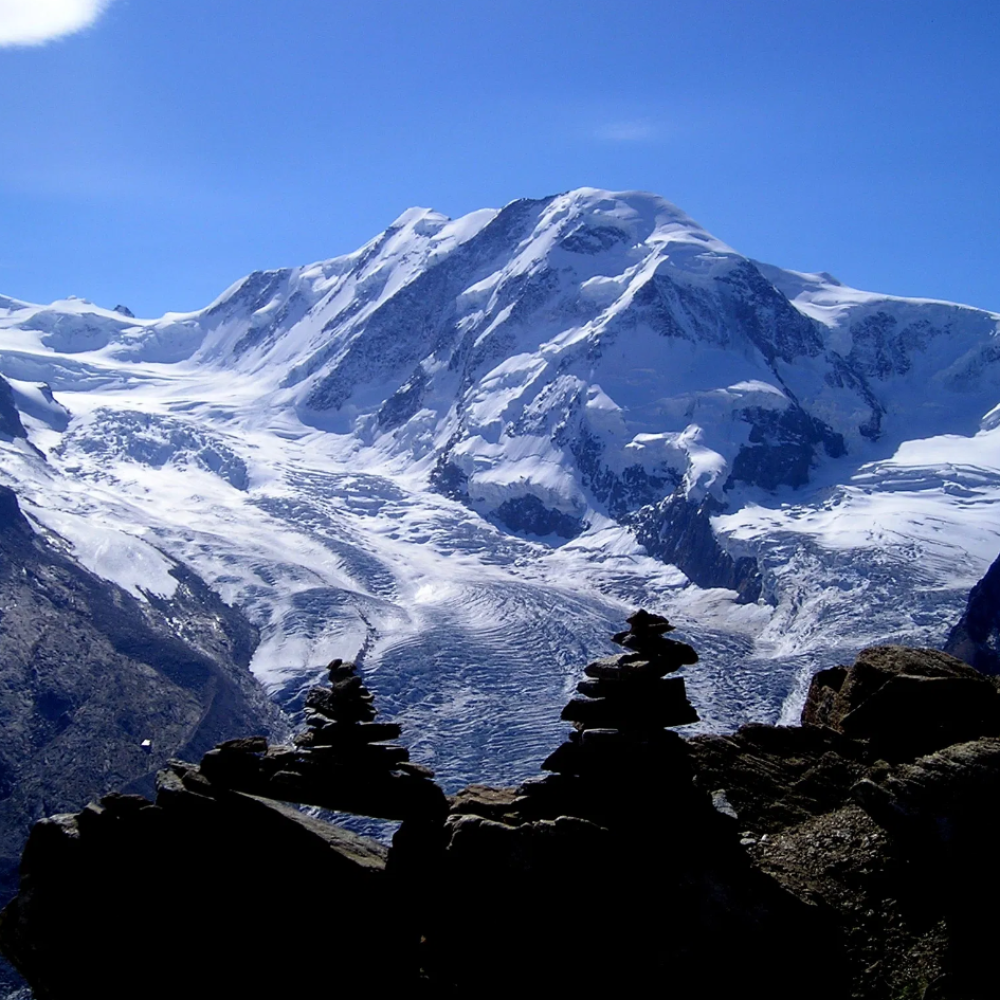
4. Mount Ararat: a five thousand to start with
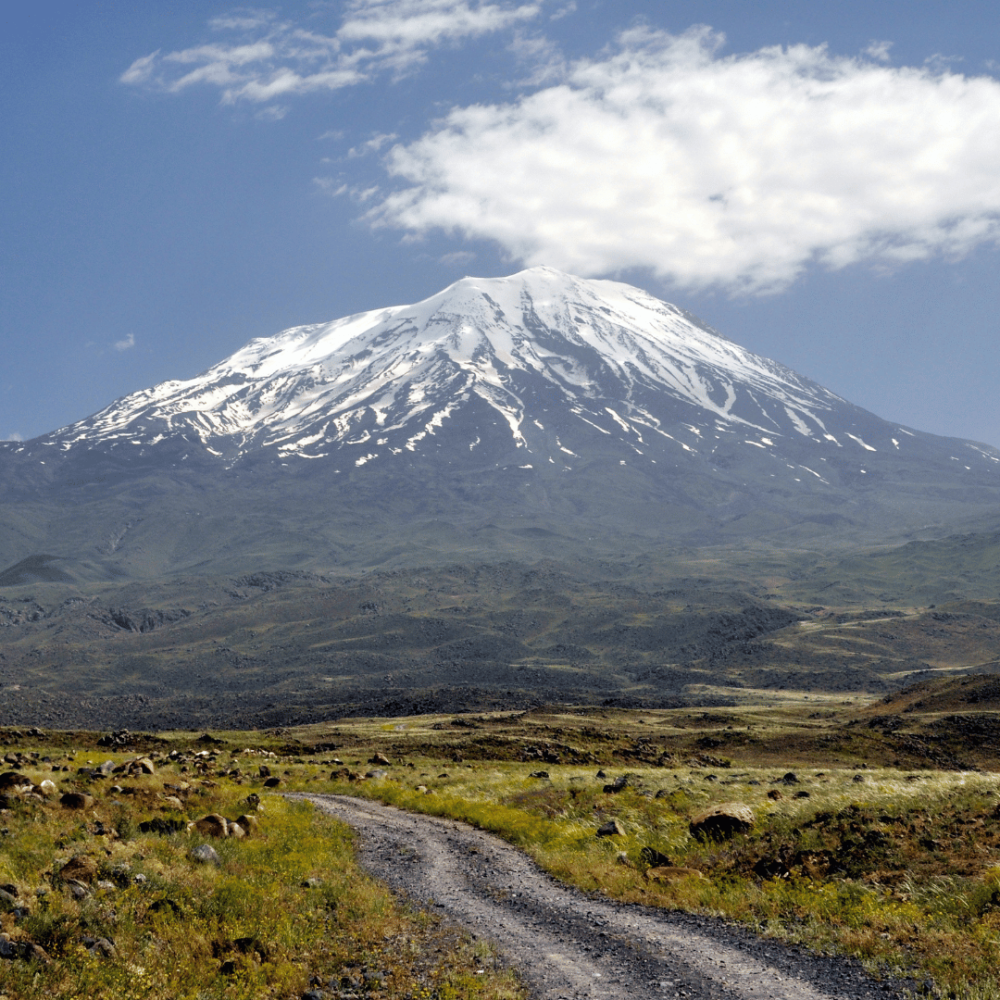
Located in Turkey, Mount Ararat is a dormant volcano that rises to 5,137 meters (17,000 feet). Despite its altitude, it is considered a relatively “easy” mountain in technical terms, making it an excellent choice for those seeking their first five-thousander. Its ascent is usually accomplished in four or five days, allowing for good acclimatization. Additionally, Ararat is a mountain steeped in history and symbolism, as it is associated with the legend of Noah’s Ark.
Expeditions to Ararat are often organized with local guides, and the trek allows you to experience both Turkish culture and the majesty of the surroundings. The view from the summit is spectacular, with a clear horizon stretching all the way to Armenia and Iran.
Highlights of Mount Ararat:
- Location: It is located in eastern Turkey, near the border with Armenia and Iran, dominating the landscape with its unmistakable silhouette.
- Main Route: The South Route is the most popular and used by mountaineers. It has camps set up at different altitudes and allows for comfortable progression.
- Challenge: Although its ascent is not technically difficult, the altitude and variable climate can be a challenge.
- Natural attractions: Its connection with history and mythology, the impressive volcanic landscape and the panoramic views of the Caucasus and Mesopotamia.
- Top Summits No. 9 –> Read the report HERE
5. Teide: the origin of our adventure
At 3,715 metres, Teide is the highest mountain in Spain and one of the most impressive in Europe due to its volcanic origin. Located on the island of Tenerife, it is an accessible but equally spectacular climb. What is special about Teide is not only its altitude, but the unique landscape that surrounds it, with views over the Atlantic and an environment that seems to be taken from another planet. In addition, this summit has a special meaning for us, as it was the starting point of our adventure in Top Summits of the World.
Teide National Park is a destination of great geological and tourist interest. The climb can be done in a single day, although many choose to spend the night at the Altavista Refuge to enjoy the sunrise at the summit.
Highlights of Teide:
- Location: Tenerife, Spain, the largest island in the Canary Islands, known for its impressive biodiversity and natural landscapes.
- Main route: Sendero Montaña Blanca, a route that runs through the island’s volcanic landscapes and offers unique panoramic views of Teide and the surrounding areas.
- Challenge: Exposure to the sun and strong winds, making the route more demanding. The altitude and extreme weather conditions require good physical and mental preparation.
- Natural attractions: Volcanic landscape characterized by unique rock formations, craters and typical vegetation of the area, as well as impressive views over the Atlantic that allow you to enjoy the natural beauty of Tenerife at its best. You can also see the endemic flora of the island, such as the tajinastes, one of the most representative species of the Teide National Park.
- Top Summits No. 1 –> Read the report HERE
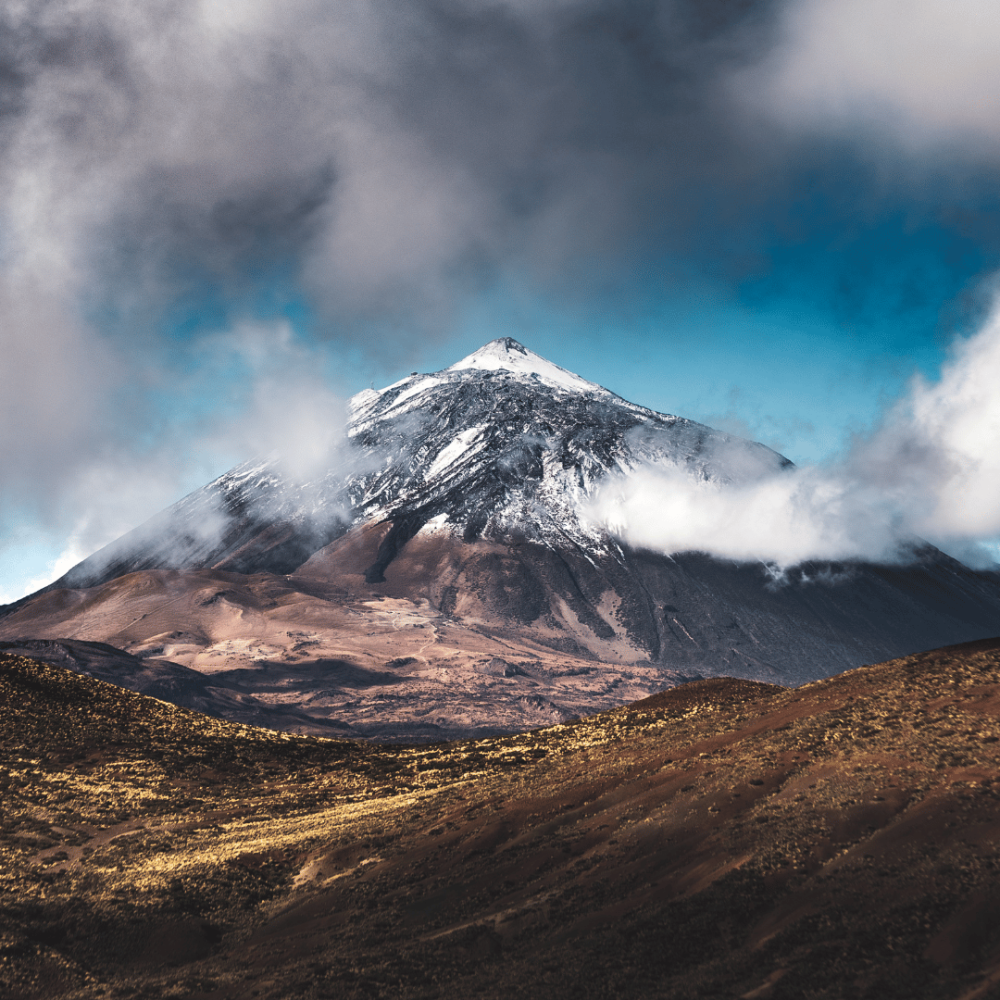
Europe is home to some of the world’s most iconic mountains, each with its own character and challenges. From the majesty of Mont Blanc to the accessibility of Mount Ararat, to the legendary Teide that marked the start of our project, these peaks are must-see stops for any mountain lover.
Each of these mountains offers a unique experience, whether it’s due to its technical difficulty, its history or the surrounding landscape. Reaching their summits is a life-changing experience that strengthens your connection with nature.
If you want to follow our adventure and discover more about the highest peaks in each country, don’t hesitate to visit Top Summits of the World.
OUR LATEST PUBLICATIONS
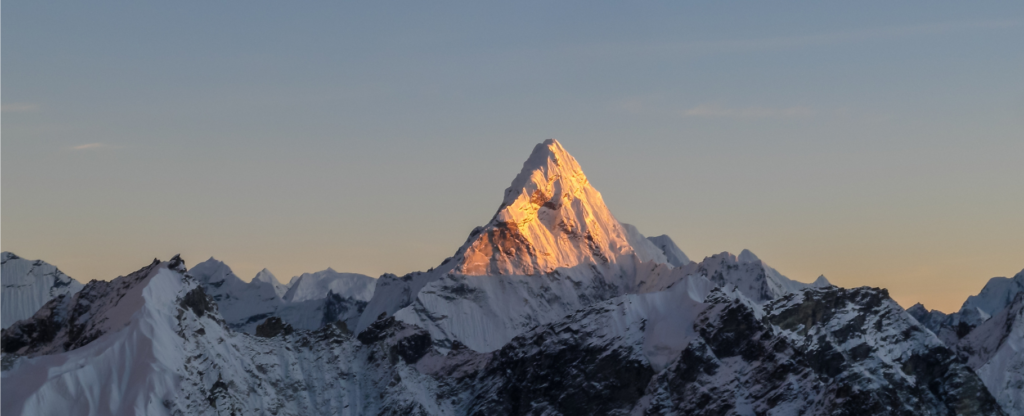
The five summits you can’t miss in Asia
From snow-capped giants to sacred volcanoes: a tour of Asia’s most fascinating peaks Asia is a continent of extreme contrasts. From the vastness of the

The 5 summits you can’t miss in South America
The most impressive mountains on the continent that every mountaineer must conquer South America is a paradise for mountaineering enthusiasts, with some of the most

GPS, maps and compasses: Are we losing our sense of direction?
GPS, maps, Wikiloc and other gadgets Before the advent of smartphones, GPS and mountaineering apps, when any hiker made a list of things they couldn’t


